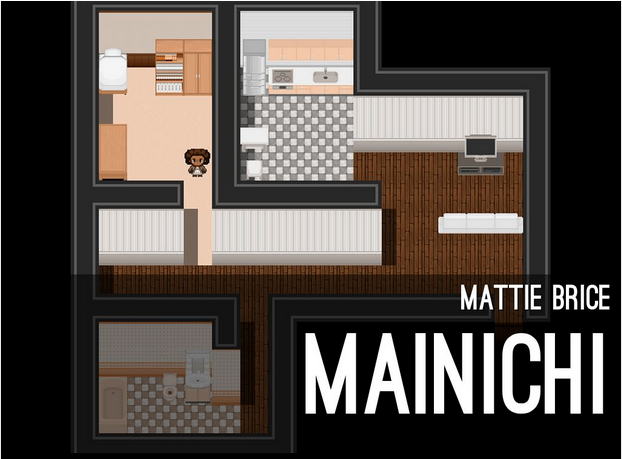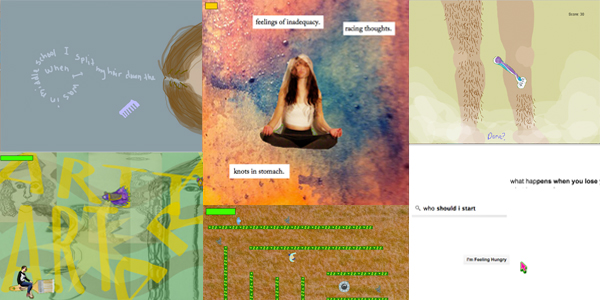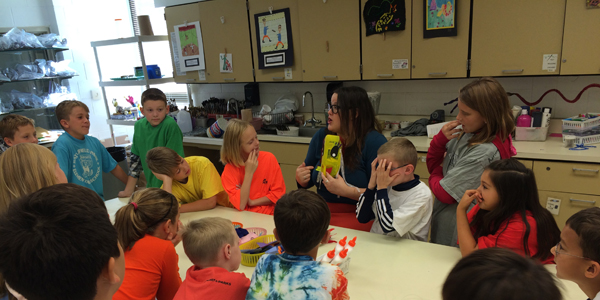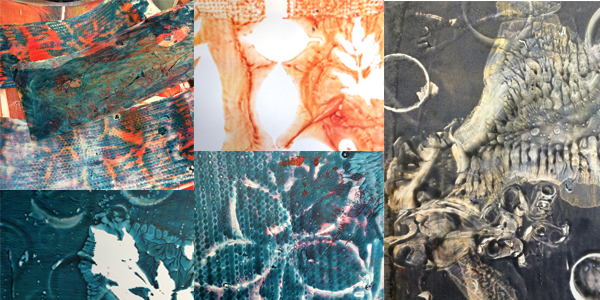Hacking our own Stories
Objective-
- Learners will identify kinds of queer stories (and stories about queer people) told in popular gaming (tv/movie/fiction) culture. They will compare those stories to those told by game designers they’ve looked at through the course of the workshop and to their own.
- Learners will begin to create a narrative around their game and design level(s) based on their story.
Introduction/Rules- Read Rules Go around the circle and say name age and pronoun preference and answer ice breaker: Tell your most embarrassing story in only three words.
Breaking Activity- Learners will get the opportunity to play the following games by queer transgender artists:
Mainichi by Mattie Brice- A narrative RPG style game made by Brice for her friend to demonstrate the difficulties she experiences as a transgender woman everyday. Deceptively simple, the player must navigate Brice from her apartment to the local coffee shop were she meets her friends. The player makes choices in Brice’s activities in her apartment before she even leaves that affect her journey to the coffee shop. Along the way we experience the curious looks, catcalls and downright hostility Brice and other transgender women experience simply living their lives.

Dys4ia by Anna Anthropy- Dubbed a “flash experience” by some, the game tells the story of Anthropy’s experience with hormone replacement therapy through a series of mini games navigated by the player. Told in 4 acts the player experiences Anthropy’s hardships and ultimate hopeful acceptance of her evolved physical body.

Breaking Discussion- In group-discussion learners will be asked to contemplate using examples from their personal experience and within the games they played. Where do we find queer stories? In TV? In movies? In novels? In video games? What are important elements to queer stories we’ve seen/read? In what ways do these stories resemble your own? In what ways to these resemble the games we just played?
Making Activity- Game Maker Demo- Making a room a home (Backgrounds, sounds, solid objects), Rooms as narrative... Backgrounds will be pulled off the web and edited in Pixlr, Sounds can be downloaded from (Wolfram Tones, Bxfr.net, and Soundation.com)
Art Making- At this point learners should have a pretty good idea of the identities/motivations of, relationships between and the actions of the two created characters. Now leaners will be asked to build a bigger story around these characters, giving them setting and an overarching narrative considering/hacking the kinds of narrative queer stories are typically developed as.
Learners will be introduced to the idea of level design as sequence of events to navigate using the verbs we’ve given them. Level designs should also build a setting for their narrative. Learners will also be asked to round out their stories with a beginning and ending screen, title screen and credits, and decide whether to resolve the story or subvert it...
Questions to think about: How does background story interact with levels? How do we teach the player the story? How to play? What the goal is? What the rules are?
Closure- Instructor will review the concepts/questions covered including: How are queer stories told? Are all queer stories alike? How do you want your story told?
Materials- Teacher supplies: Laptop, Projector, Wi-fi, Student supplies: Laptops, Game Maker Lite (installed on each laptop), Game Maker Cards (printed or pdf)





